The time has come, finally!
After all the many (but very readable!) Theory presented in our basic article "Nvidia GeForce RTX 2080 Ti and RTX 2080 – what is really hidden behind Turing" from last week, it's almost finally getting to the bottom of today! Not only do we benchmark the two new Nvidia GeForce RTX 2080 (Ti) FE, but as usual I have also focused on what is technically possible here in the laboratory and offers real added value in depth.
In addition to a very intensive board analysis, in which Nvidia surprised me once again with a very interesting solution, there are also the usual measurements of the cards in the hotbox, as well as the many thermal image measurements in and outside the hotbox with different Load states. This rather technical analysis is of course rounded off by the precise treatment of the power consumption with further Aha! effects, as well as the measurements from my chamber including the entire frequency spectra for the noise (volume).
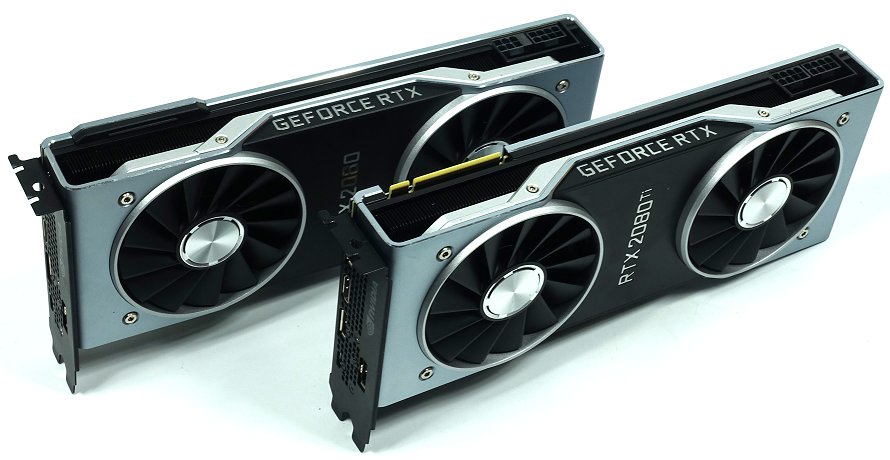
In addition, once again, there is also the data from my interpreter, so that in the extensive game benchmarks in addition to the FPS and percentile bars we also have great, extra- and interpolated comparison curves for the individual frametimes. , FPS and FPS to percentile curves. In addition, this review only provides, I have stored the individual data for frametimes, variances and the unevenness index for each individual tested map and benchmark in extensive image galleries.
But before we "slaughter" the cards together (of course after they have been benchmarked and measured!), there is a short but interesting unboxing with the usual Hi-Res images and the frame data of the respective Specifications of both graphics cards.
The Nvidia GeForce RTX 2080 Founders Edition
Let's start with the "smaller" model of today's graphics cards, the Nvidia RTX 2080 Founders Edition (FE). It is based on the TU104, the smaller chip of the new generation compared to the TU102. But even a complete TU104 GPU would still be limited to 48 instead of 64 RT cores compared to the TU102. But since Nvidia starts the laser cut and turns off one of the TU104's TPCs for the GeForce RTX 2080, another pair of RT cores is lost (along with 128 CUDA cores, eight texture units, 16 tensor cores, etc.). Only the significantly more expensive Quadro RTX 6000 can look forward to the full expansion of the TU104.
In the end, the GeForce RTX 2080 has 46 SMs that contain 2944 CUDA cores, 368 tensor cores, 46 RT cores, 184 texture units, 64 ROPS, and 4 MB of L2 cache. Eight gigabytes of 14 Gb/s GDDR6 on a 256-bit bus move up to 448 GB/s of data, resulting in more than 100 GB/s of storage bandwidth that also goes far beyond what the GeForce GTX 1080 can do as its predecessor. Today's test has to show to what extent even the former top-of-the-line Model GeForce GTX 1080 Ti can be obtained.
The card measures 26.8 cm in length from the outer edge of the slot panel to the end of the radiator cover. The installation height from the top edge of the motherboard slot to the top edge of the housing is 10.6 cm, although of course you have to take into account the plugs and cables of the external power supply, which require additional space. With 3.5 cm of installation depth, it is a pure dual slot card, in addition to 0.4 cm on the back plate.
Weighing 1267 grams, the card is just under 50 grams lighter than its big sister, but not for weak motherboards. The two 8.5cm axial fans sit in a recess of 9 cm and have 13 rotor blades, which are mainly designed for static pressure. The upper shell of the silver-coloured case cover and the backplate are made of aluminium. All this is of value and the illuminated GeForce lettering on the top must not be missing. In addition, there is an 8-pin and a 6-pin power supply connection at the top
The GeForce RTX 2080 FE features three DisplayPort 1.4a, an HDMI 2.0b output and a VirtualLink interface. It supports up to four monitors simultaneously and is HDCP 2.2 compatible. The card also enables the Display Stream Compression (DSC) via the DisplayPort, which makes it possible to operate an 8K (7680 x 4320 pixel) display via a single stream with 60 Hz. It is also the key to operating at 4K (3840 x 2160 pixels) with 120 Hz refresh and HDR.
The Nvidia GeForce RTX 2080 Ti Founders Edition
Now let's get to the current top model and start again with some bare facts and figures to outline what's in this huge chip. That, in turn, is no small thing. The TU102 on the GeForce RTX 2080 Ti is (of course) not a fully developed processor. So whether Nvidia wanted to leave room for a Titan-class model in addition to the Quadro RTX 8000, or whether the yields of fully functional GPUs from a certain bin were no longer satisfactory – let's be surprised in the future!
The RTX 2080 Ti disables two of the TPCs, resulting in a map with 4352 CUDA cores, 544 tensor cores, 68 RT cores, 544 texture units, and 34 PolyMorph machines. In addition, one of the TU102's 32-bit memory controllers is shut down, creating a 352-bit bus that transmits the data to 88 ROPs and 5.5 MB L2 cache. However, the theoretical memory bandwidth increases sharply compared to the previous generation due to the higher data rate of the GDDR6: at 14 Gb/s on a 352-bit interface it is 616 GB/s. In comparison, the 11Gb/s GDDR5X on the GeForce GTX 1080 Ti delivered only 484GB/s.
On the Founders Edition, the base clock can rise from 1350 MHz to a typical GPU boost rate of 1635 MHz as long as the GeForce RTX 2080 Ti is only running cool enough. And because Nvidia provides maximum compute performance with GPU boost-based numbers, the top-end model achieves up to 14.2 TFLOPS single-precision performance. The reference specification provides for a typical GPU boost frequency of 1545 MHz and a slightly lower TDP. While the Overclocking of the Founders Edition card provides for a maximum board power (TBP) of 260W, the reference cards should be around 250W.
The card measures 26.8 cm in length from the outer edge of the slot panel to the end of the radiator cover. The installation height from the top edge of the motherboard slot to the top edge of the housing is 10.6 cm, although of course you have to take into account the plugs and cables of the external power supply, which require additional space. With 3.5 cm of installation depth, it is a pure dual slot card, in addition to 0.4 cm on the back plate.
With a weight of 1314 grams, the card is also quite heavy and therefore not for weak, thin motherboards. The two 8.5cm axial fans sit in a recess of 9cm and have 13 rotor blades, which are mainly designed for static pressure. The upper shell of the silver-coloured case cover and the backplate are made of aluminium. All this is of value and the illuminated GeForce lettering on the top must not be missing. In addition, there are two of the 8-pin power connections at the top
The GeForce RTX 2080 Ti FE also features three DisplayPort 1.4a, an HDMI 2.0b output and a VirtualLink interface. It supports up to four monitors simultaneously and is HDCP 2.2 compatible. The card also enables the Display Stream Compression (DSC) via the DisplayPort, which makes it possible to operate an 8K (7680 x 4320 pixel) display via a single stream with 60 Hz. It is also the key to operating at 4K (3840 x 2160 pixels) with 120 Hz refresh and HDR.
Specifications of the new maps
At the end of this introduction, the maps of the new generation and those of the old generation in direct tabular comparison:
| GeForce RTX 2080 Ti FE |
GeForce GTX 1080 Ti FE |
GeForce RTX 2080 FE | GeForce GTX 1080 FE | |
| Architecture (GPU) |
Turing (TU102) | Pascal (GP102) | Turing (TU104) | Pascal (GP104) |
| CUDA Cores |
4352 | 3584 | 2944 | 2560 |
| Peak FP32 Compute |
14.2 TFLOPS | 11.3 TFLOPS | 10.6 TFLOPS | 8.9 TFLOPS |
| Tensor-Cores |
544 | No | 368 | No |
| RT-Cores |
68 | No | 48 | No |
| Texture Units |
272 | 224 | 184 | 160 |
| Basic clock |
1350 MHz | 1480 MHz | 1515 MHz | 1607 MHz |
| Boost clock |
1635 MHz | 1582 MHz | 1800 MHz | 1733 MHz |
| Memory |
11GB GDDR6 | 11GB GDDR5X | 8GB GDDR6 | 8GB GDDRX5 |
| Storage bus |
352-bit | 352-bit | 256-bit | 256-bit |
| Memory bandwidth |
616 GB/s | 484 GB/s | 448 GB/s | 320 GB/s |
| Rops |
88 | 88 | 64 | 64 |
| L2 Cache |
5.5MB | 2.75MB | 4MB | 2MB |
| Tdp |
260W | 250w | 225W | 180w |
| Transistors |
18.6 billion | 12 billion | 13.6 billion | 7.2 billion |
| Chip size |
754 mm2 | 471 mm2 | 545 mm2 | 314 mm2 |
| SLI Support |
Yes (x8 NVLink, x2) | Yes (MIO) | Yes (x8 NVLink) | Yes (MIO) |
Test system and measurement methods
The new test system and the methodology have already been described in great detail in the basic article "How We Test Graphics Cards" (English: "How We Test Graphics Cards") and therefore, for the sake of simplicity, we now only refer to this detailed Description. So if you want to read everything again, you are welcome to do so. However, we have again improved CPU and cooling to largely exclude possible CPU bottlenecks for this fast card.
If you are interested, the summary in table form quickly provides a brief overview:
| Test systems and measuring rooms | |
|---|---|
| Hardware: |
Germany: Intel Core i7-6900K -4.5GHz MSI X99S XPower Gaming Titanium G.Skill TridentZ DDR4 3600 1x 1 TByte Toshiba OCZ RD400 (M.2, System SSD) 2x 960 GByte Toshiba OCZ TR150 (Storage, Images) Be Quiet Dark Power Pro 11, 850-watt power supplyUSA: Intel Core i7-7700K CPU at 4.2 GHz MSI Z170 Gaming M7 G.Skill F4-3000C15Q-16GRR Crucial MX200 SSD 1.4TB Intel DC P3700 |
| Cooling: |
Alphacool Ice Block XPX 5x Be Quiet! Silent Wings 3 PWM (Closed Case Simulation) Thermal Grizzly Kryonaut (for cooler change) |
| Housing: |
Lian Li PC-T70 with expansion kit and modifications Modes: Open Benchtable, Closed Case |
| Monitor: | Eizo EV3237-BK |
| Power consumption: |
non-contact DC measurement on the PCIe slot (Riser-Card) non-contact DC measurement on the external PCIe power supply Direct voltage measurement on the respective feeders and on the power supply 2x Rohde & Schwarz HMO 3054, 500 MHz multi-channel oscillograph with memory function 4x Rohde & Schwarz HZO50, current togor adapter (1 mA to 30 A, 100 KHz, DC) 4x Rohde & Schwarz HZ355, touch divider (10:1, 500 MHz) 1x Rohde & Schwarz HMC 8012, digital multimeter with storage function |
| Thermography: |
Optris PI640, infrared camera PI Connect evaluation software with profiles |
| Acoustics: |
NTI Audio M2211 (with calibration file) Steinberg UR12 (with phantom power for the microphones) Creative X7, Smaart v.7 own low-reflection measuring room, 3.5 x 1.8 x 2.2 m (LxTxH) Axial measurements, perpendicular to the center of the sound source(s), measuring distance 50 cm Noise in dBA (Slow) as RTA measurement Frequency spectrum as a graph |
| Operating system | Windows 10 Pro (1803, all updates) |
- 1 - Einführung, Unboxing, Daten
- 2 - RTX 2080 Ti - Platinenanalyse
- 3 - RTX 2080 - Platinenanalyse
- 4 - Raytracing in Echtzeit
- 5 - Deep Learning Super Sampling (DLSS)
- 6 - High Dynamic Range (HDR)
- 7 - Ashes of the Singularity: Escalation (DX12)
- 8 - Battlefield 1 (DX12)
- 9 - Destiny 2 (DX11)
- 10 - Doom (Vulkan)
- 11 - Tom Clancy’s The Division (DX12)
- 12 - Far Cry 5 (DX11)
- 13 - Forza Motorsport 7 (DX12)
- 14 - Tom Clancy’s Ghost Recon (DX11)
- 15 - Grand Theft Auto V (DX11)
- 16 - Metro: Last Light Redux (DX11)
- 17 - Rise of the Tomb Raider (DX12)
- 18 - The Witcher 3 (DX11)
- 19 - World of Warcraft: Battle for Azeroth (DX12)
- 20 - Leistungsaufnahme
- 21 - Takt, OC, Temperaturen, Infrarot
- 22 - Kühlerdetails und Lautstärke
- 23 - Zusammenfassung und Fazit














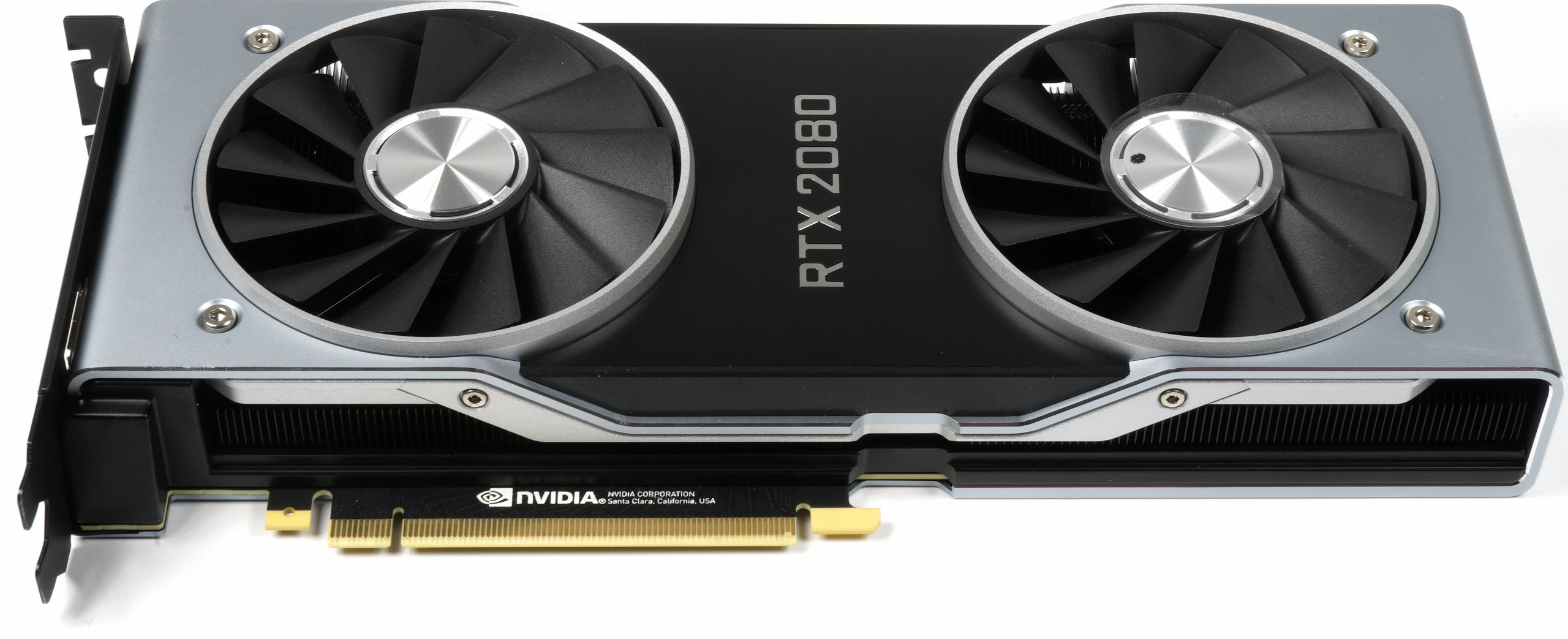
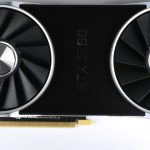
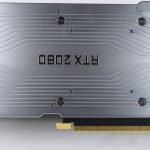
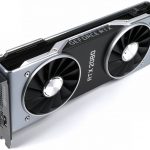

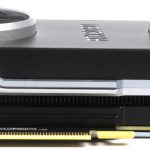

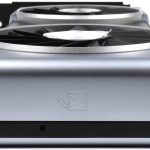
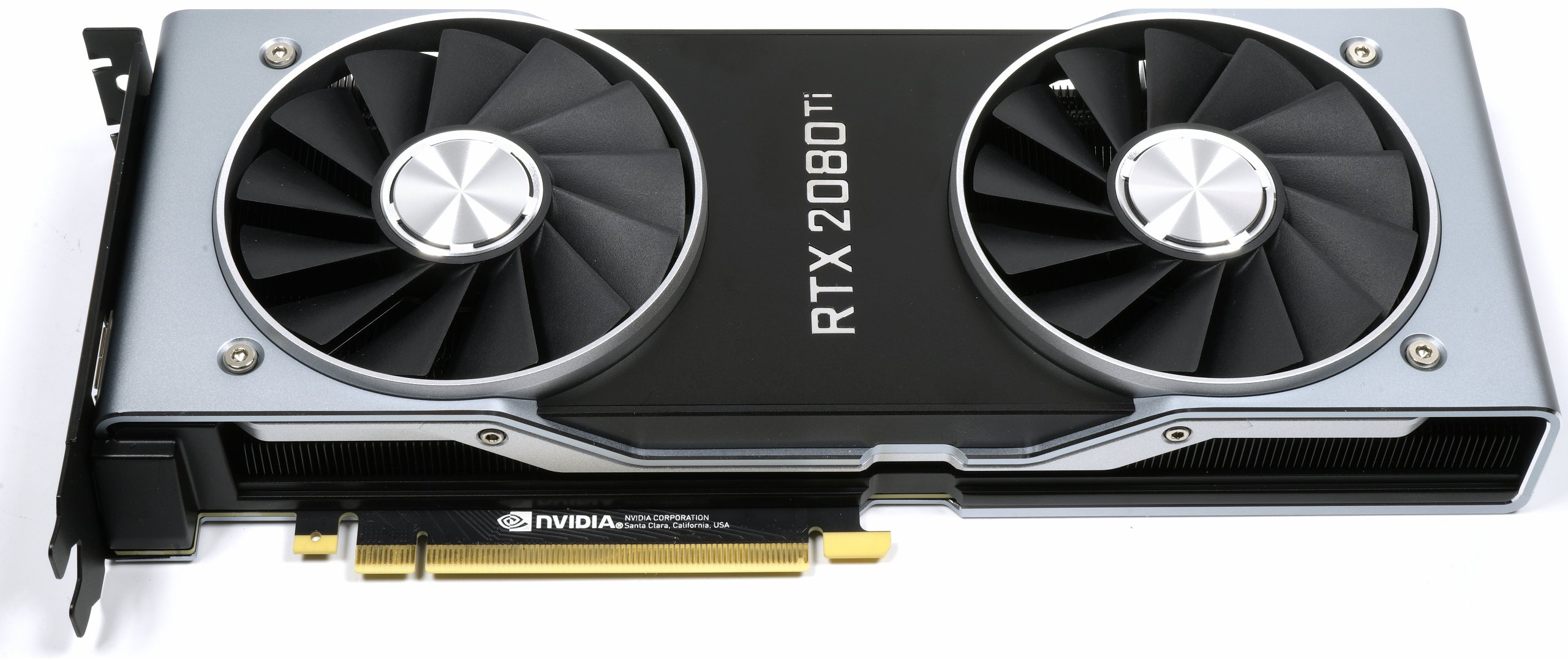
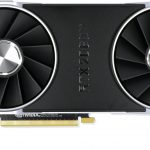
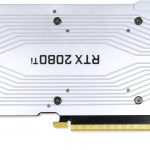
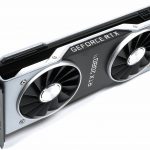


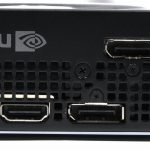

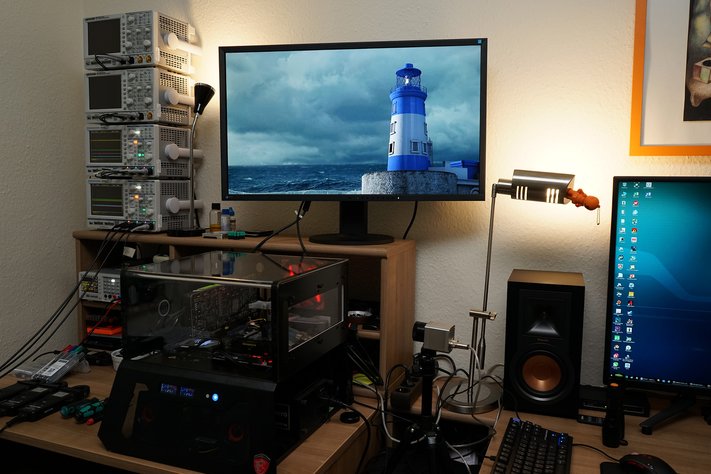



















Kommentieren